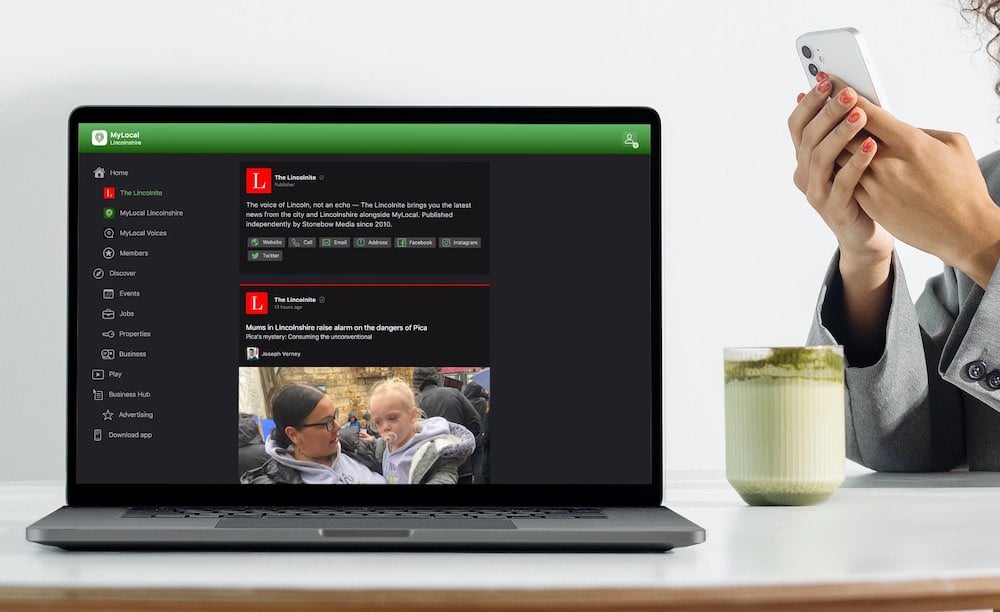In a day and age where an estimated one billion Facebook and 200 million Twitter users are actively using social media to network, it is now commonplace for disgruntled customers to log onto their social network of choice and tell thousands of people about a negative experience with a simple click of the mouse. Because of this growing ‘finger on the trigger’ trend, the importance of top-notch customer service is consistently now a critical necessity.
Leading businesses like BT, British Airways, and LA Fitness have dedicated social media accounts and staff to deal with customer complaints; however, smaller business owners must rely solely on themselves and in-store staff to diffuse any customer dissatisfaction which could evolve into negative media attention and a drop in brand image.
In order to prevent and diffuse customer complaints before they become viral, I’ve found that it’s extremely important to train all customer-facing employees on the basics of customer service, specifically how to handle complaints.
Here are some tips for tracking and managing online customer complaints, if they reach that stage. These might seem like a chore at first, but the positives of being proactive and managing your business’ public profile far outweigh the 10-15 minutes a day required to do so.
Google Search your business on a weekly, if not daily, basis
At least once a week, Google search your business and see what comes up. This will keep you up-to-date on positive and negative news coverage and aware of new public forums for people to praise or disparage your business, specifically in the ‘Comments’ section webpages featuring you.
For positive stories, be sure to share them on your social media channels to spread the love. For less upbeat stories, take note of the criticisms and fix what you can, and if you disagree about what’s been said, contact the media outlet for an explanation and state your case. Check these webpages regularly for new customer comments and feedback.
When conducting your weekly search, also try inserting other search terms, such as “complaints”, beside your business name to check what comes up. Without doing so, in addition to missing negative news stories, you might never become aware of disgruntled customer-created websites taking aim at your business — like the infamous virginmediasucks.com.
Monitor your business’ social media pages daily
By checking your social networks regularly, you can react to customer comments, both positive and negative, in real time. This shows customers you are engaged and listening to what they have to say.
Thank positive customers for their praise and provide a well thought out response to all negative feedback.
Be responsive
Do your best to always respond to your online customers or followers. Being proactive and responsive on web forums and social media is a key factor in easing any negativity felt by a customer and can prevent those bad feelings from spreading to others.
It’s imperative to reply to all customer comments, especially negative ones, in an efficient and timely manner to prove that you care about your customers and want to resolve any issues as soon as possible.
Defend yourself
If a customer’s complaint or criticism is unwarranted or untrue, don’t hesitate to tactfully preserve your brand image and protect your employees by taking a defensive stance. This is a slippery slope, though, so be sure to you remain respectful and empathetic to all sides of the situation when stating your case to the customer and the rest of your social media following.
Joe Degand is a communications executive at Lava, an award-winning marketing communications agency in Lincoln. Specialising in copywriting, social media, and event planning, Joe plays an integral role in Lava's public relations team. Originally from the United States, Joe has over 4 years communications experience, working with clients internationally to help them achieve marketing objectives and develop effective communications strategies.





